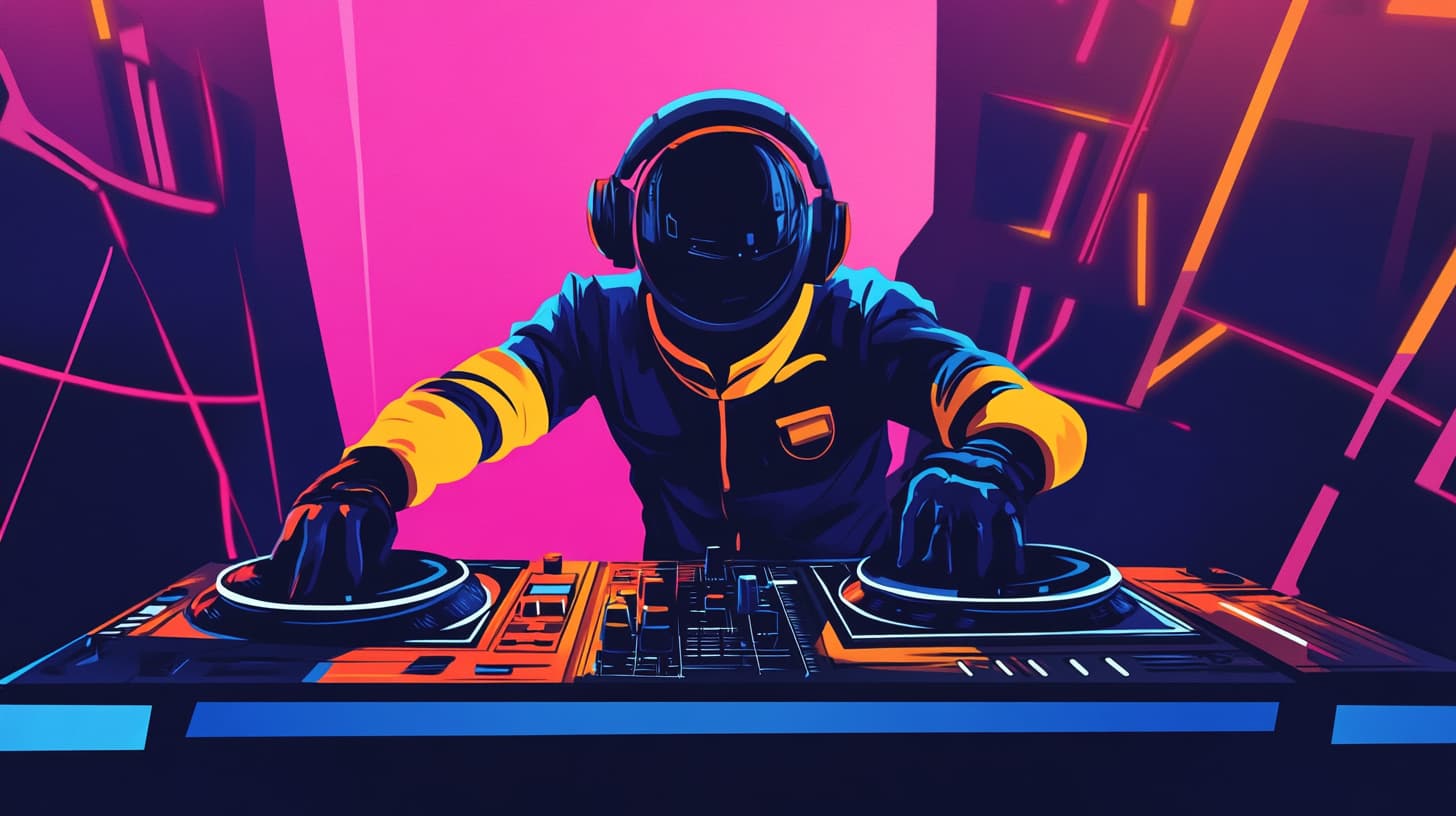
Introduction
In recent years, neural networks for music creation have emerged as a fundamental component across diverse domains, including music. They present new opportunities for composers, producers, and musicians, providing cutting-edge techniques for the creation and enhancement of pieces. This article delves into the functionalities, varieties, characteristics, and practical advice for leveraging neural networks in creativity. It is intended for musicians, composers, researchers, and anyone intrigued by the convergence of technology and art.
Neural Networks in Music Composition
Music has always been a leader in creative innovation, and with the rise of artificial intelligence, we are now experiencing another transformative era in this domain. Possess the capability to analyze extensive datasets, discern patterns, and generate novel soundscapes, thereby greatly enhancing the composition and arrangement processes. In an evolving musical environment characterized by heightened competition, utilizing AI technologies has become essential for those aiming to keep pace with contemporary trends.
This article will delve into the potential applications, various types, features, and practical strategies for integrating neural networks into musical creativity. We will investigate how artificial intelligence can support musicians in their artistic endeavors, broaden their creative possibilities, improve productivity, and inspire the creation of groundbreaking musical works.
Do They Exist?
Neural networks that can compose music are indeed a reality. Over the past few years, a variety of models have emerged, capable of generating musical pieces by learning from extensive datasets of existing music. These advancements not only facilitate the creation of novel melodies but also allow for adaptation across different genres. Notable examples include OpenAI’s MuseNet, Google Magenta, and AIVA, each offering distinct features and methodologies in music composition.
Capabilities
Present numerous possibilities within the realm of music:
- Creation of Original Melodies: These networks can produce unique musical tracks that are entirely original.
- Arrangement of Works: By automating the arrangement process, musicians can concentrate on the more creative elements of their work.
- Generation of Sound Effects: Are capable of generating and manipulating sound effects suitable for films and video games.
- Automatic Harmonization: Systems have the capability to automatically generate harmonies for a specified melody, thereby streamlining the composition process.
- Analysis and Classification: Utilized to analyze musical compositions, assisting in their categorization and facilitating personalized recommendations.
These functionalities empower musicians to leverage as instruments for enhancing their creativity and improving the quality of their output. Additionally, AI platforms such as Suno offer complimentary music generation tools, rendering this technology accessible to a wider audience.
Types
A variety utilized within the musical domain:
- Recurrent (RNN): These are utilized for generating in a sequential manner, particularly in automatic composition tasks.
- Convolutional (CNN): These are applied for the analysis and processing of audio signals, including tasks such as genre classification and instrument identification.
- Generative (GAN): These are employed to generate new musical compositions by integrating them with pre-existing works, resulting in a high level of realism.
- Transformers: These models excel in processing sequential data, such as musical notes and textures, facilitating the creation of more intricate and layered arrangements.
Each type possesses distinct features and is applicable to different tasks.
Features
Designed for music creation exhibit several remarkable characteristics:
- Capacity to Learn from Extensive Data Sets: An abundance of data leads to a greater diversity and originality in the generated musical works.
- Ability to Produce Contextually Relevant Musical Segments: These models have the capability to comprehend musical context and structure, which allows them to generate more complex compositions.
- Flexibility Across Various Musical Styles and Genres: Can be trained on a wide array of musical styles, resulting in the generation of distinctive and original pieces.
- Interactivity: Users have the ability to define parameters that affect the final output, allowing for creativity and experimentation.
These attributes render an invaluable asset for musicians and composers.
Recommendations for Employing Neural Networks in Music
To effectively utilize in the realm of music, keep the following essential points in mind:
- Begin with Basic Models: Initiate your exploration with straightforward models and progressively move towards more intricate ones to understand the core concepts.
- Incorporate Varied Data: Engage a diverse range of data sources to amplify the creative capabilities of your models, leading to more compelling and original outcomes.
- Leverage Established Tools and Platforms: Utilize well-known platforms such as Google Magenta or OpenAI MuseNet, which offer pre-existing solutions tailored for musicians.
- Experiment Across Different Styles and Genres: Push your boundaries by delving into various styles and genres to create distinctive results and broaden your creative perspectives.
Our website provides training and implementation services focused on the integration of into music creation. This includes consultations, workshops, and access to specialized tools. Furthermore, we offer laboratory analyses of musical compositions, which facilitate a comprehensive understanding of the operations of contemporary music generators. We also support the development of song lyrics through the use of artificial intelligence.
Conclusion
Unveiling new possibilities in the music industry, empowering musicians and composers with innovative tools for creative expression. They enable the creation of distinctive musical works, the adaptation to various styles and genres, and the streamlining of music analysis. Nonetheless, it is crucial to recognize that technology serves merely as a tool; genuine creativity stems from the individual. While can be a valuable partner in the musical creation process, their effective application requires comprehension and experimentation to yield the best outcomes.
With each advancement in this domain, we move nearer to the creation of groundbreaking musical content that could transform our future understanding of music.
In this context, artificial intelligence and present musicians with an exceptional opportunity to explore music creation. Platforms such as Suno facilitate not only the generation of musical tracks but also the development of entire compositions, complete with lyrics and arrangements. This level of accessibility empowers individuals from all backgrounds to participate in music production and enhance their creative abilities. Emerging as the cornerstone of a novel movement, where artificial intelligence and human creativity work in concert, unveiling new avenues for expression.

